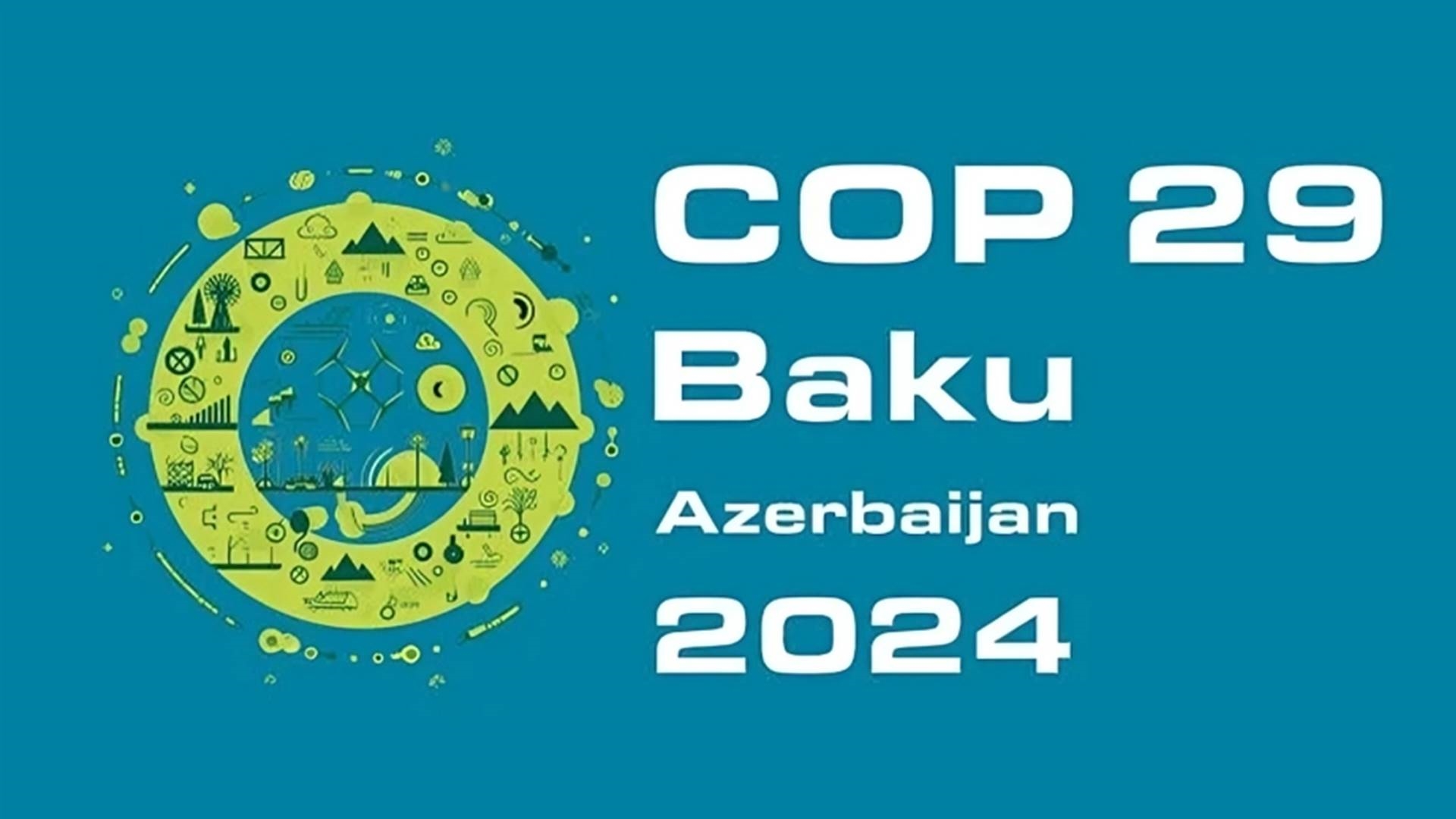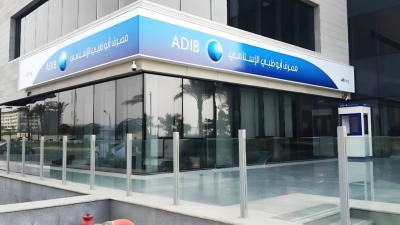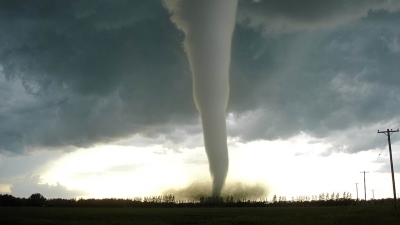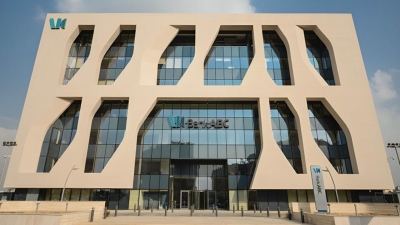COP29, a critical step towards global solidarity to address climate change
First Bank

The United Nations Climate Change Conference "Cob29", 2024, was launched last Monday in Baku, Azerbaijan, and is scheduled to run until the twenty-second of this month. The main theme of the Conference is "Solidarity for a Green World".
The Conference aims to bring together world leaders and climate experts to discuss and negotiate actions to address the global climate crisis, and to make progress in addressing global environmental challenges, in particular strengthening global cooperation to achieve zero greenhouse gas emissions by 2050.
The convening of the Conference comes at a critical time; Many countries face increasing impacts of climate change, such as floods, forest fires and droughts, making concrete action urgent
The Conference focuses on three main themes: "Updating States' commitments to emission reduction targets", "Providing financing to developing countries to cope with loss and damage" and "Increasing adaptation financing"
The updates are among the NDCs, which are the basis for States' commitments towards achieving the goals of the Paris Climate Agreement and are intended to motivate States to adopt more ambitious policies to ensure a significant reduction in greenhouse gas emissions by 2030 and 2035.
This is in addition to focusing on realistic pathways to reduce temperature rise to 1.5 degrees Celsius, as well as extending commitments to multiple areas, such as energy, agriculture and transport, and encouraging broad changes that help achieve environmental objectives
As for the financing of "loss and damage", one of the most prominent issues at this Conference is the provision of financial assistance to developing countries experiencing unforeseen climate disasters beyond their resilience.
This funding is also part of the new mechanism established during COP 28, and it is expected that some developed countries will make additional commitments to meet financial needs, expected to be worth about $700 million, but challenges remain to provide greater funding in line with the scale of the damage expected by 2030












